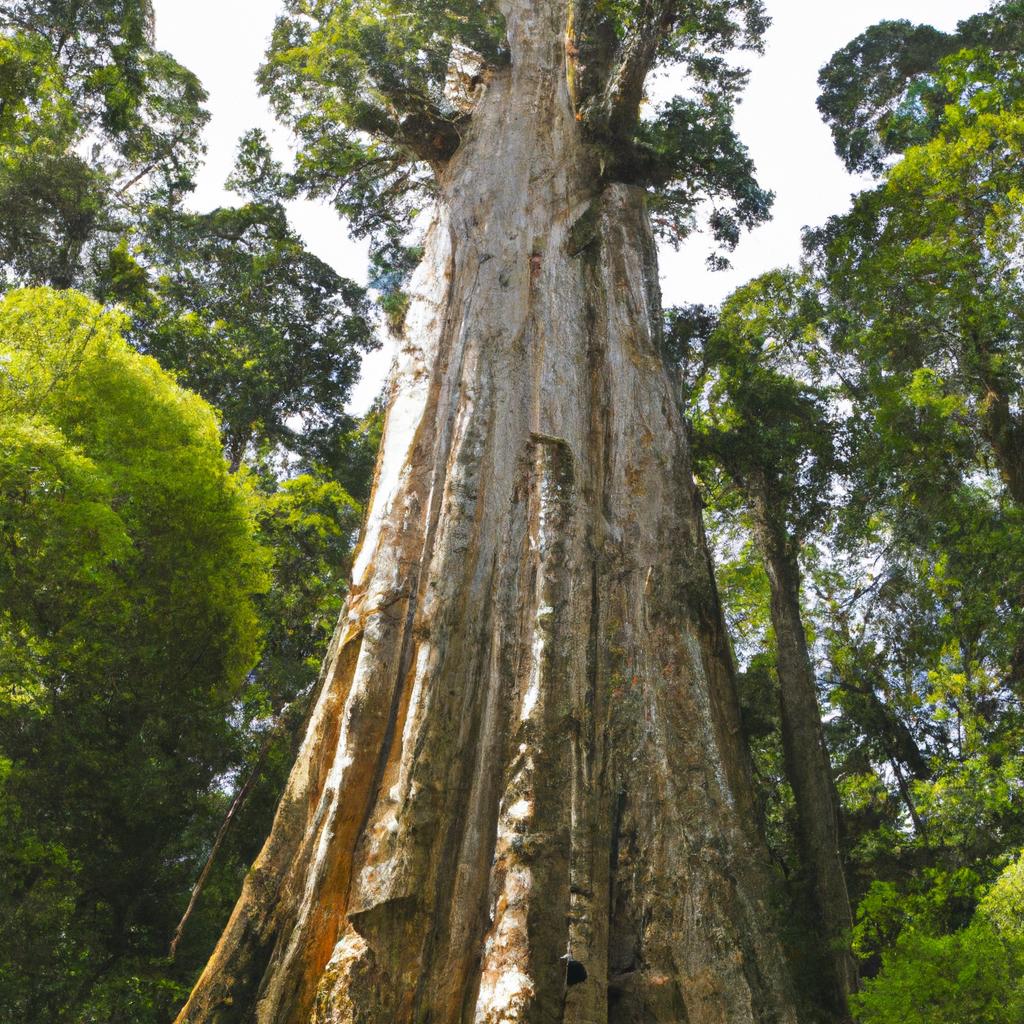Are you aware that some trees can live for thousands of years? These trees, known as immortal trees, are more than just a symbol of nature’s resilience. They hold a vast history within their trunks, witnessing the rise and fall of civilizations. The importance of preserving these natural wonders is crucial as they provide a glimpse into the past and a hope for the future.
What is an Immortal Tree?
Immortal trees, also known as long-lived trees, are trees with a lifespan of over 1000 years. These trees have adapted to their environment, allowing them to survive for centuries, if not millennia. Immortal trees are more than just resilient; they have distinctive features that set them apart from other trees.
Defining Immortal Trees
Immortal trees have several characteristics that contribute to their longevity. They have thick bark, protecting them from external factors such as fire, pests, and disease. Their root systems are deep and extensive, ensuring access to water and nutrients even during droughts. Additionally, they have a slow growth rate, taking longer to mature but also allowing them to live longer.
Examples and Significance
The world is home to several immortal trees, each with its unique history and significance. One such tree is the Methuselah tree, located in California’s White Mountains. This Great Basin Bristlecone Pine is over 4,800 years old, making it one of the oldest trees in the world. Another example is the Jomon Sugi tree, located in Japan’s Yakushima Island. This ancient cedar tree is over 2,000 years old and has been designated a UNESCO world heritage site.
The Science Behind Immortality
Have you ever wondered how some trees can live for thousands of years? The answer lies in the biological processes that allow these trees to thrive for extended periods. Let’s take a closer look at the science behind the immortality of these trees.
Biological Processes
Immortal trees possess unique biological properties that allow them to survive for centuries. One of the most crucial factors is the ability to regenerate damaged tissues continually. This process enables the tree to repair itself and continue to grow even after it has been damaged. Additionally, these trees maintain a healthy immune system to fight off infections and diseases effectively.
Environmental Factors
The environment plays a significant role in the longevity of immortal trees. These trees grow in specific regions that provide ideal conditions for their survival. Climate, soil, and water availability all contribute to their growth and ability to withstand harsh conditions. In some cases, challenging conditions actually benefit the tree’s longevity, as they have evolved unique adaptations.
Potential Benefits for Human Health
Research has shown that immortal trees contain compounds that have potential health benefits for humans. For example, the ginkgo biloba tree has been used in traditional medicine for thousands of years to treat various ailments. The tree contains compounds that improve blood circulation and enhance cognitive function.
Immortal Trees Around the World
From the redwoods of California to the olive trees in Crete, immortal trees can be found all around the world. These trees have stood the test of time, and their resilience is awe-inspiring. Here are a few examples of notable immortal trees from different regions:
- Methuselah: A Great Basin bristlecone pine tree in California, believed to be over 4,800 years old.
- Jomon Sugi: A Japanese cedar tree located on Yakushima Island in Japan, estimated to be between 2,000 and 7,000 years old.
- Llangernyw Yew: A yew tree located in Wales, believed to be over 4,000 years old.
Historical and Cultural Significance
Immortal trees hold significant historical and cultural importance. They have been a part of human history for thousands of years and have played a vital role in shaping our cultures. Ancient civilizations used these trees for medicinal purposes, religious ceremonies, and as symbols of power and strength.
Efforts to Protect and Preserve
Despite their importance, immortal trees face numerous threats, including deforestation, climate change, and human activities. Efforts to protect and preserve these trees are crucial to ensure their survival. Organizations and governments around the world are creating protected areas and implementing conservation measures.
Threats to Immortal Trees
As with any natural resource, immortal trees face threats to their survival. Human activities, deforestation, and climate change have a significant impact on these trees. Efforts are being made to protect and preserve them through conservation measures, public education, and scientific research.
In conclusion, immortal trees are not just trees; they are a vital part of our natural heritage. They have witnessed history and provide a glimpse into the past. It is our responsibility to protect and preserve these trees for future generations. Let us take up the challenge of preserving and protecting immortal trees, a critical part of our planet’s biodiversity. Together, we can make a difference and secure a better future for our planet.
TooLacks believes in the importance of preserving our natural heritage and encourages you to take action to protect and preserve immortal trees. By doing so, we can guarantee a sustainable future for ourselves and future generations.


